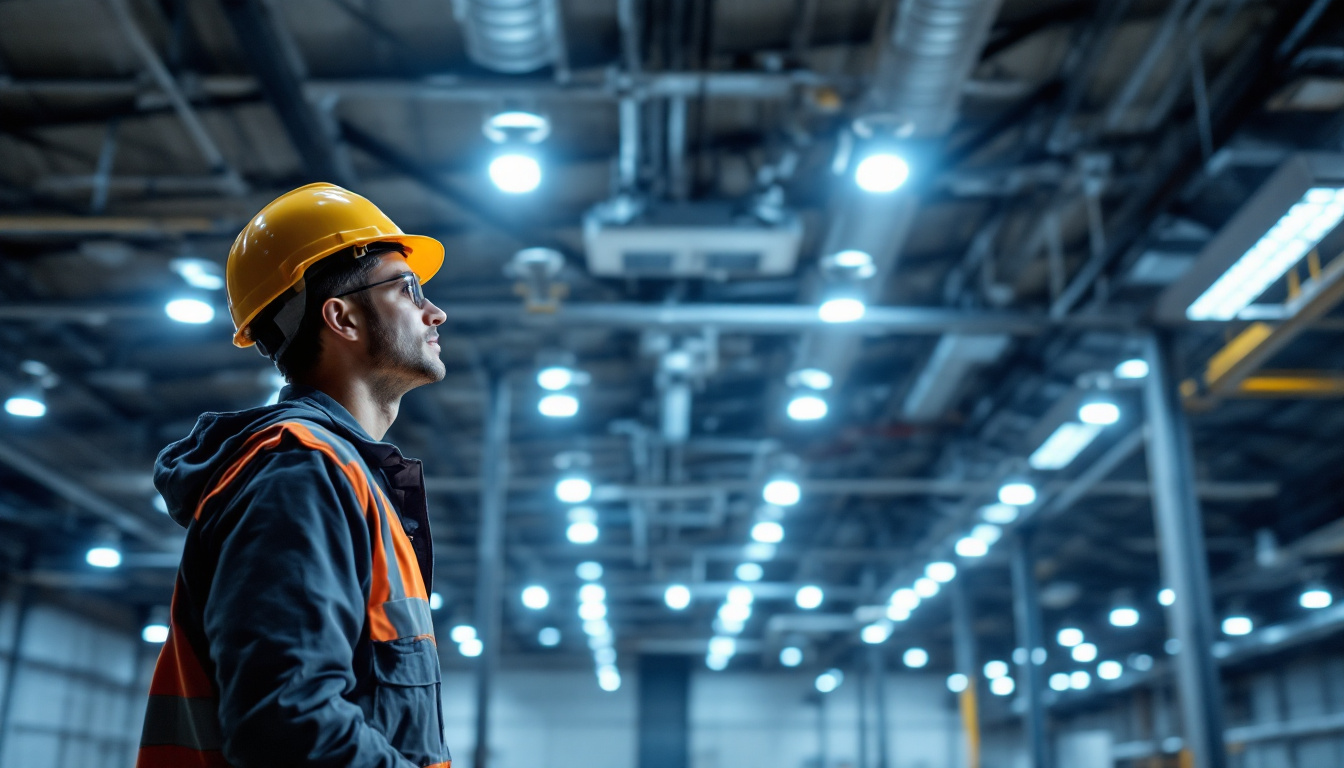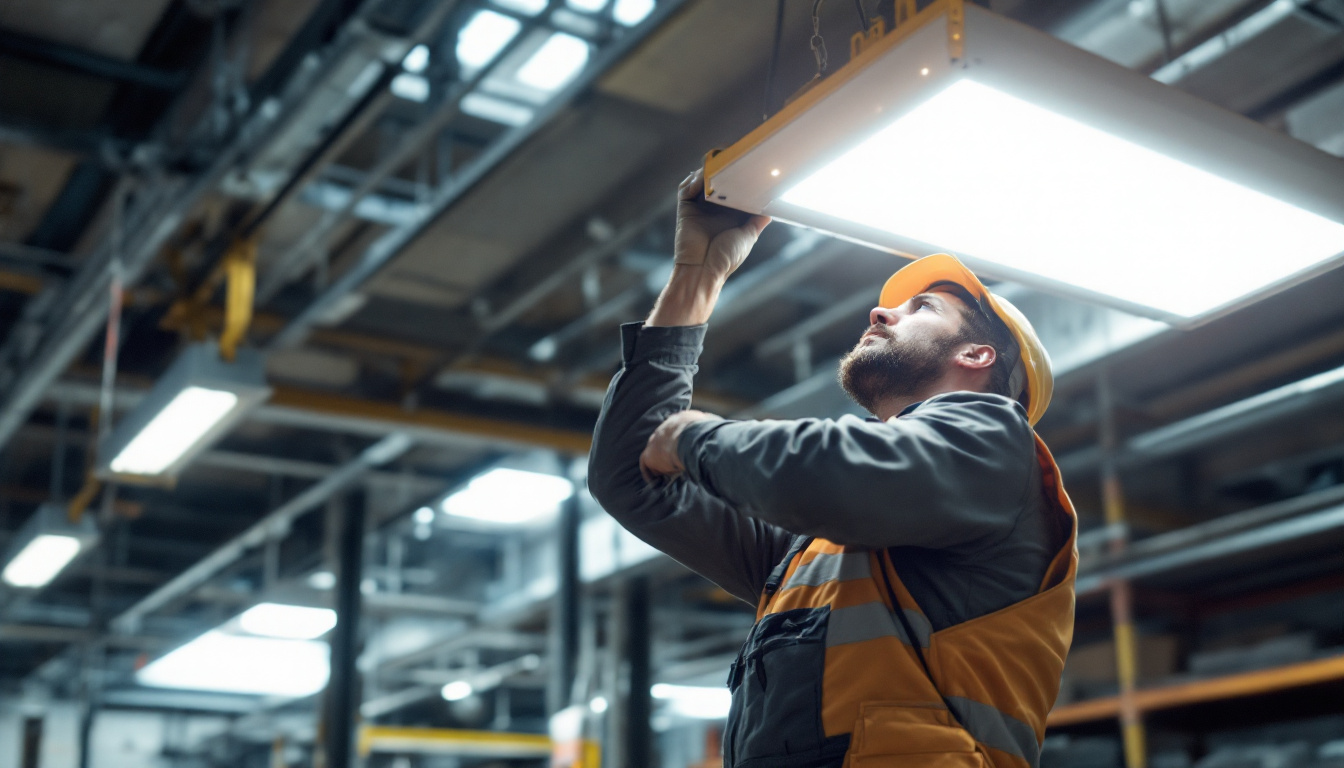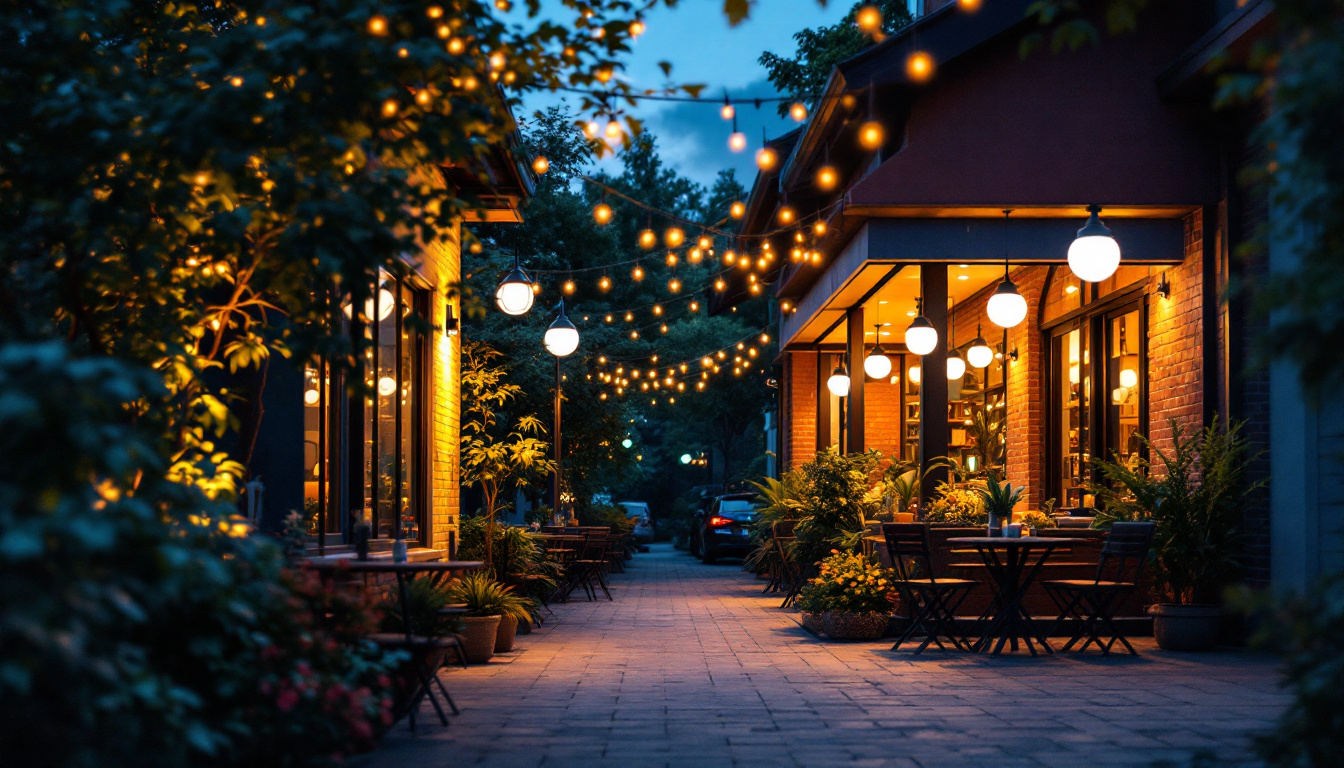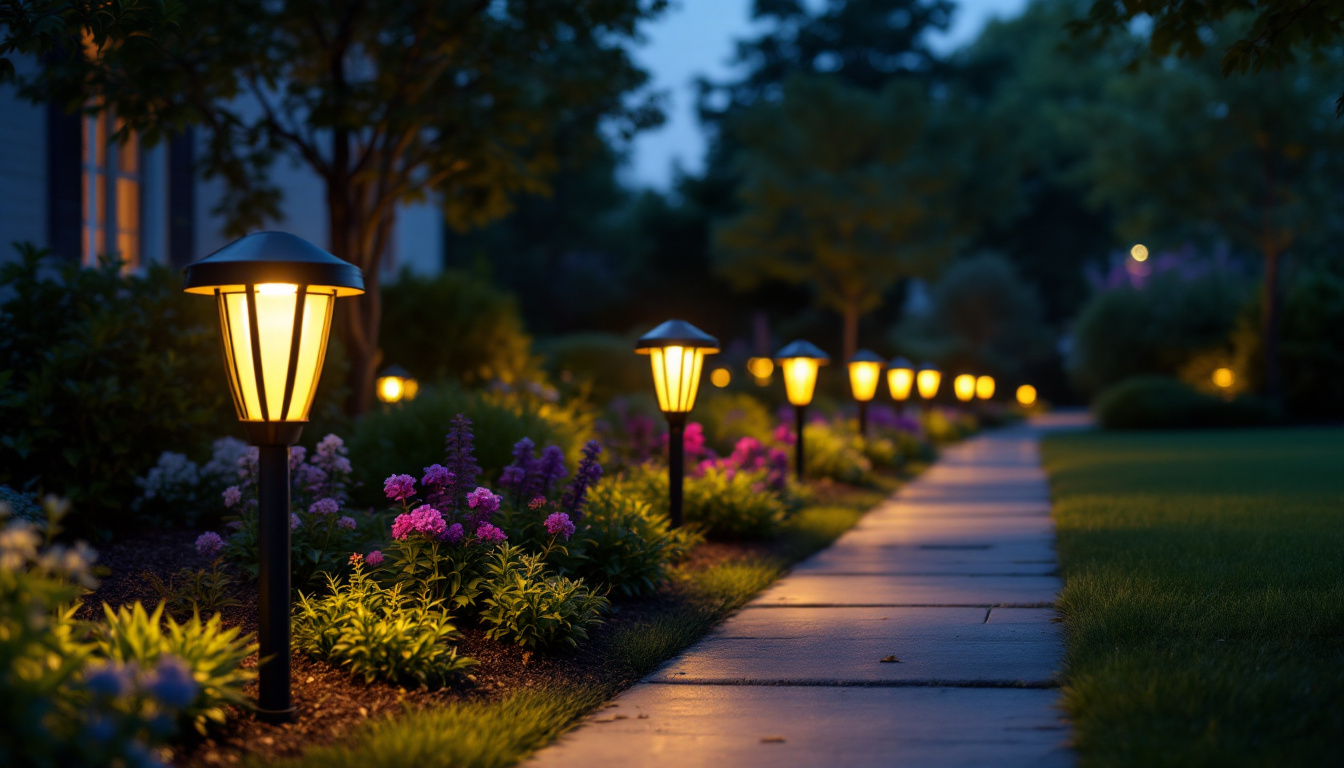
As the demand for energy-efficient lighting solutions continues to rise, LED retrofit light fixtures have become increasingly popular among contractors and businesses alike. These fixtures not only offer significant energy savings but also enhance the quality of light in various settings. However, with the adoption of LED technology comes the responsibility of ensuring compliance with relevant standards and regulations. This article aims to provide lighting contractors with essential insights into compliance requirements and best practices when working with LED retrofit light fixtures.
LED retrofit light fixtures are designed to replace traditional lighting systems, such as incandescent or fluorescent lights, with energy-efficient LED technology. These fixtures can be installed in existing housings, making them a cost-effective solution for upgrading lighting without the need for complete system replacements. The transition to LED not only benefits the environment but also aids in reducing operational costs for businesses. By minimizing energy consumption, LED retrofits contribute to a significant decrease in carbon footprints, aligning with global sustainability goals and corporate social responsibility initiatives.
One of the primary advantages of LED retrofit fixtures is their energy efficiency. LEDs consume significantly less power than traditional lighting options, leading to lower electricity bills. Additionally, they have a longer lifespan, which means reduced maintenance costs and less frequent replacements. This longevity not only saves money but also reduces the environmental impact associated with manufacturing and disposing of lighting products.
Moreover, LED technology provides superior light quality. With options for adjustable color temperatures and dimming capabilities, contractors can tailor lighting solutions to meet specific client needs. This flexibility enhances the overall aesthetics and functionality of spaces, making them more appealing to occupants. Furthermore, the ability to choose between warm and cool light settings allows for the creation of different moods and atmospheres, which can be particularly beneficial in settings such as restaurants, retail spaces, and offices where ambiance plays a crucial role in customer experience.
When considering LED retrofits, contractors must evaluate the compatibility of existing fixtures and the specific requirements of the project. This includes understanding the electrical systems in place and ensuring that the new LED fixtures can operate effectively within those constraints. Proper assessment can prevent costly mistakes and ensure a smooth installation process. Additionally, contractors should be aware of local regulations and incentives that may apply to LED retrofitting projects, as many municipalities offer rebates or tax credits for energy-efficient upgrades, further enhancing the financial viability of these installations.
Another important factor to consider is the potential for smart lighting integration. Many modern LED retrofit fixtures are compatible with smart technology, allowing for advanced control options such as scheduling, remote access, and automated adjustments based on occupancy or natural light levels. This capability not only improves energy savings but also enhances user experience by providing convenience and adaptability in lighting management. As the demand for smart buildings continues to grow, incorporating these technologies into retrofit projects can position contractors as forward-thinking and responsive to market trends.
Compliance is a critical aspect of any lighting project. Contractors must be aware of the various standards and regulations that govern the installation and performance of LED retrofit fixtures. These regulations can vary by region, so it is essential to stay informed about local codes and requirements. Ignoring these regulations can lead to costly fines, project delays, and even safety hazards, making compliance not just a legal obligation but a fundamental component of professional integrity in the industry.
Many jurisdictions have adopted energy efficiency standards that apply to lighting products, including LED fixtures. These standards often set minimum efficiency levels that must be met to qualify for rebates or incentives. Familiarizing oneself with these standards can help contractors guide their clients toward eligible products and maximize potential savings. Additionally, understanding the nuances of these standards can also provide contractors with a competitive edge, as they can offer tailored solutions that align with their clients’ financial and sustainability goals.
In addition to local regulations, federal standards may also apply. The Department of Energy (DOE) and the Environmental Protection Agency (EPA) have established guidelines that impact the manufacturing and distribution of energy-efficient lighting products. Contractors should ensure that the products they install meet these federal requirements to avoid penalties and ensure client satisfaction. Moreover, staying updated on changes to these regulations can help contractors anticipate shifts in market demand, allowing them to adapt their offerings accordingly and maintain relevance in an evolving industry.
In addition to energy efficiency standards, contractors must also comply with building codes and safety regulations. These codes govern various aspects of lighting installations, including electrical safety, fire safety, and accessibility. Ensuring compliance with these codes is essential to protect both the contractor and the client from potential liabilities. Furthermore, adherence to these regulations fosters trust and credibility, as clients are more likely to choose contractors who prioritize safety and compliance in their work.
For instance, the National Electrical Code (NEC) outlines specific requirements for electrical installations, including wiring methods, grounding, and circuit protection. Contractors should be well-versed in these codes to ensure that their installations are safe and compliant. Beyond the NEC, local jurisdictions may have additional requirements that address unique environmental or community needs, such as energy conservation measures or specific lighting levels for public spaces. By understanding and implementing these codes, contractors not only safeguard their projects but also contribute to the overall well-being of the communities they serve, promoting a culture of safety and responsibility in the industry.
To ensure successful LED retrofit installations, contractors should follow a set of best practices that promote efficiency, safety, and compliance. These practices not only enhance the quality of the installation but also contribute to overall customer satisfaction.
Before starting any retrofit project, it is crucial to conduct a thorough assessment of the existing lighting system. This includes evaluating the current fixtures, wiring, and overall layout. Understanding the unique characteristics of the space will help contractors determine the best LED solutions for their clients.
Additionally, assessing the needs of the occupants is vital. Different environments may require varying levels of brightness, color temperatures, and lighting controls. Engaging with clients to understand their preferences can lead to more tailored and effective lighting solutions.
Not all LED retrofit fixtures are created equal. Contractors should prioritize quality when selecting products for their projects. This includes choosing fixtures from reputable manufacturers that comply with industry standards and have a proven track record of performance.
Quality products not only perform better but also reduce the likelihood of issues down the line. Investing in reliable fixtures can save contractors time and money by minimizing the need for replacements or repairs.
The installation process for LED retrofit fixtures can differ significantly from traditional lighting systems. Understanding the nuances of LED technology is essential for ensuring a successful installation.
One of the most critical aspects of LED retrofit installations is ensuring proper wiring and connections. LED fixtures often require different wiring configurations than traditional fixtures, and using the correct gauge wire is essential for optimal performance. Contractors should be familiar with the manufacturer’s specifications and adhere to them during installation.
Additionally, it is crucial to ensure that connections are secure and free from corrosion. Poor connections can lead to flickering lights, reduced efficiency, and even safety hazards. Taking the time to double-check wiring and connections can prevent future issues and enhance the reliability of the lighting system.
After installation, thorough testing and commissioning of the LED retrofit fixtures are essential. This process involves checking each fixture for proper operation, verifying light levels, and ensuring that controls function as intended. Testing should also include assessing energy consumption to confirm that the installation meets efficiency standards.
Commissioning provides an opportunity to address any issues before the project is deemed complete. Engaging clients in this process can also enhance their understanding of the new lighting system and its benefits, fostering greater satisfaction with the final product.
The landscape of LED lighting is continually evolving, with new technologies and trends emerging regularly. Contractors should stay informed about these developments to remain competitive and provide clients with the best solutions available.
One of the most significant trends in LED lighting is the rise of smart lighting solutions. These systems allow for enhanced control over lighting through the use of sensors, mobile applications, and automation. Smart lighting can improve energy efficiency and provide users with greater flexibility in managing their lighting environments.
Contractors should consider incorporating smart lighting options into their retrofit projects. This not only meets the growing demand for advanced lighting solutions but also positions contractors as forward-thinking professionals in the industry.
As sustainability becomes an increasingly important focus for businesses and consumers, contractors should emphasize the environmental benefits of LED retrofits. LED lighting significantly reduces energy consumption and greenhouse gas emissions compared to traditional lighting options. Highlighting these benefits can resonate with clients who prioritize eco-friendly practices.
Furthermore, contractors can explore opportunities to incorporate recycled materials or sustainable practices into their projects. This commitment to sustainability can enhance a contractor’s reputation and attract environmentally conscious clients.
LED retrofit light fixtures represent a significant advancement in lighting technology, offering numerous benefits to both contractors and clients. However, navigating the complexities of compliance, installation, and emerging trends requires a thorough understanding of the industry. By staying informed about regulations, adopting best practices, and embracing innovation, lighting contractors can position themselves for success in the evolving landscape of LED lighting.
Ultimately, the transition to LED technology is not just about energy savings; it’s about enhancing the quality of life for occupants and creating more sustainable environments. As the demand for LED retrofits continues to grow, contractors who prioritize compliance and quality will be well-equipped to meet the needs of their clients and thrive in the competitive lighting market.
Ready to elevate your lighting installations with the highest quality LED retrofit fixtures? Look no further than LumenWholesale, where we provide contractors like you with spec-grade lighting products at unbeatable wholesale prices. Our extensive selection not only meets but exceeds industry standards, ensuring your projects shine with reliability and performance. Say goodbye to local distributor markups and hello to hassle-free bulk buying with free shipping. Don’t compromise on quality or value—choose LumenWholesale for your next project and experience the perfect blend of affordability and convenience. Take the first step towards superior lighting solutions and Wholesale Lighting at the Best Value today!

Discover the key challenges lighting contractors face when installing highbay LED lights, from navigating complex installations to ensuring energy efficiency and cost-effectiveness.

Discover the key factors that distinguish leading lighting contractors in the LED high bay market.

Discover how investing in large outdoor lights can illuminate new opportunities for your contracting business.

Discover how Hampton Bay Solar Path Lights are revolutionizing outdoor lighting for contractors.